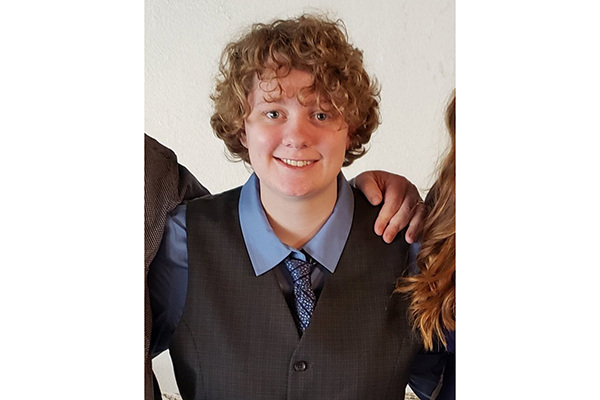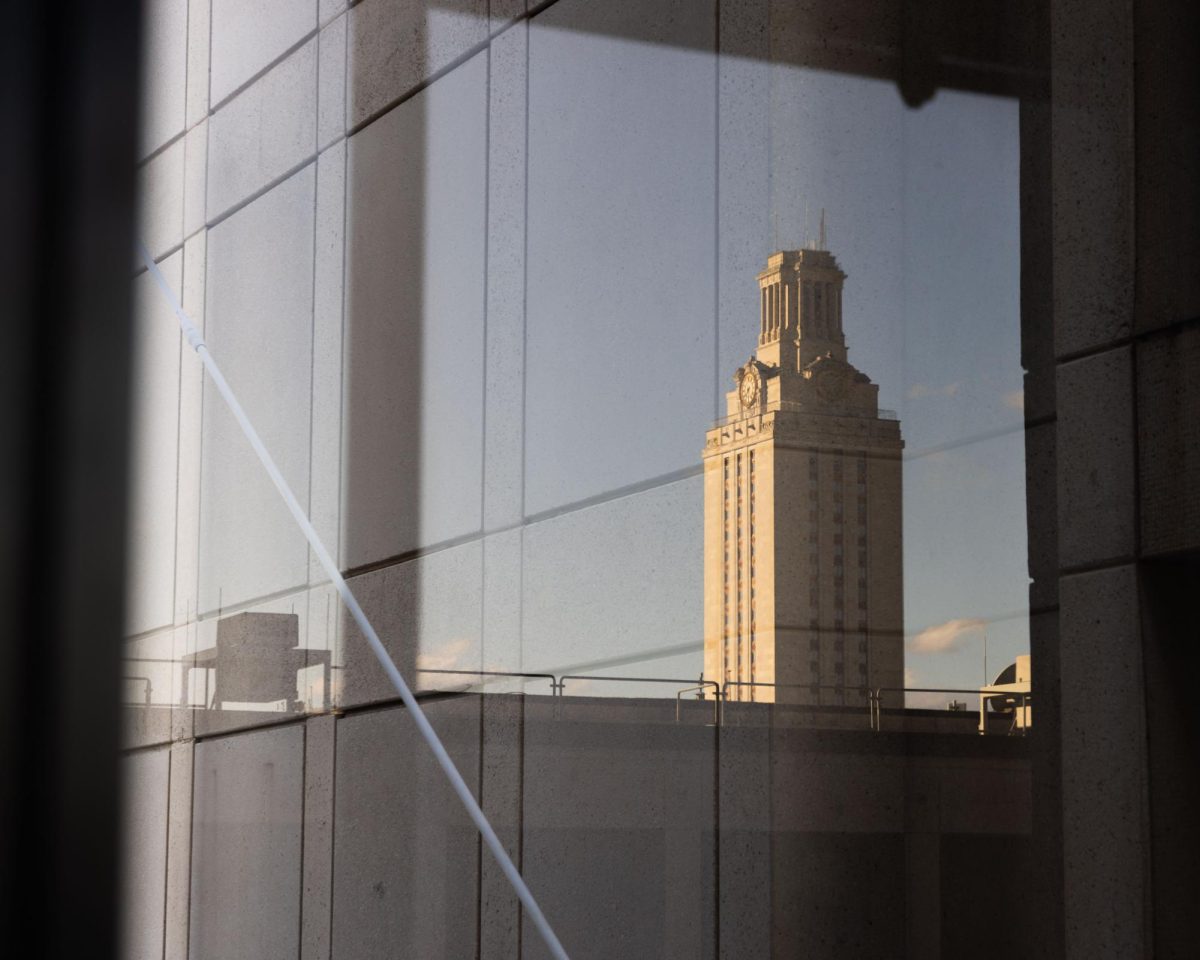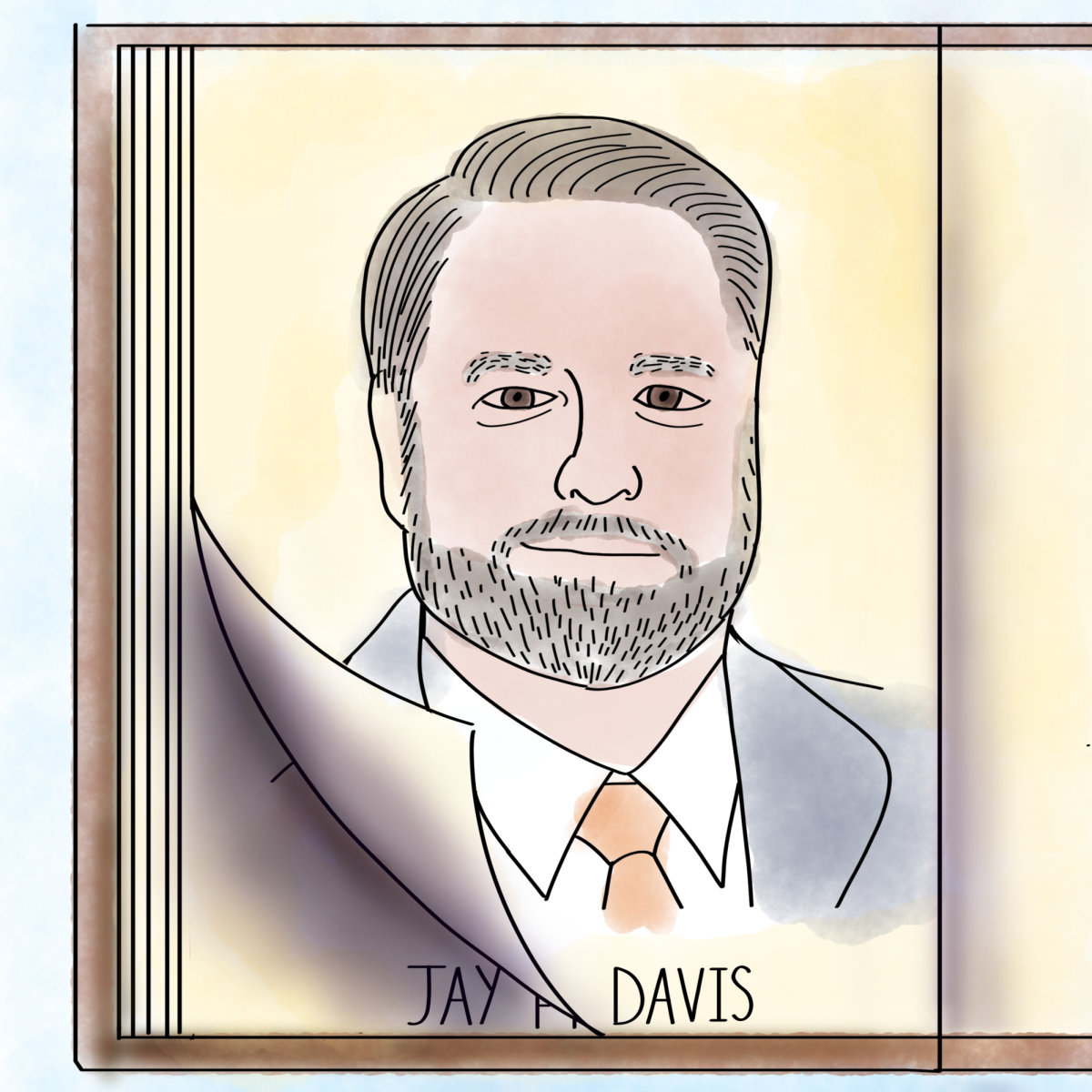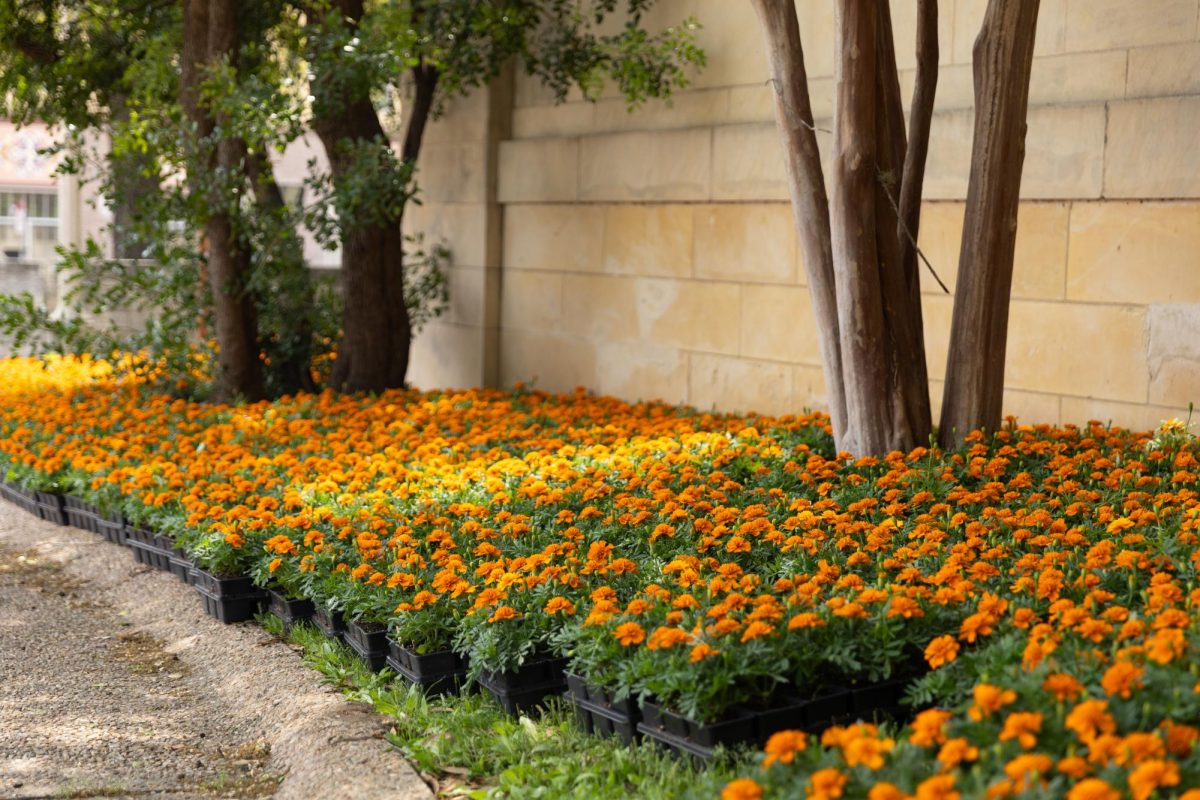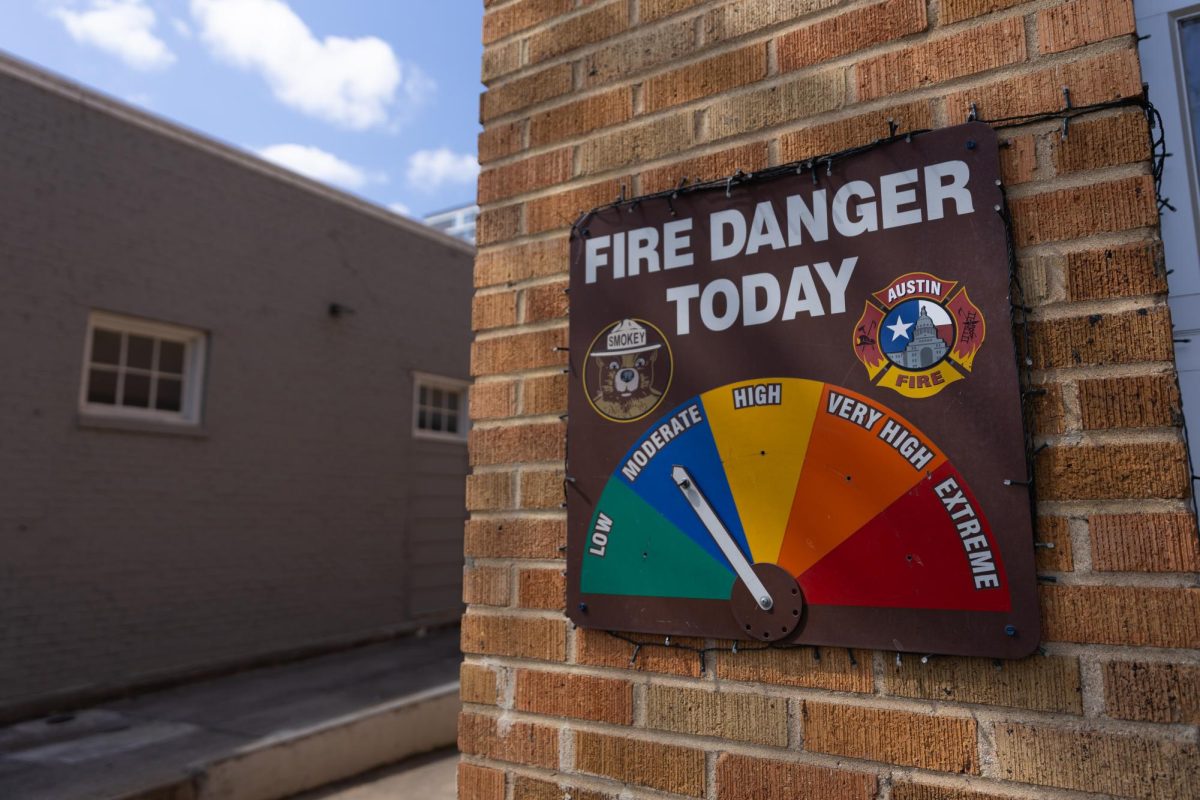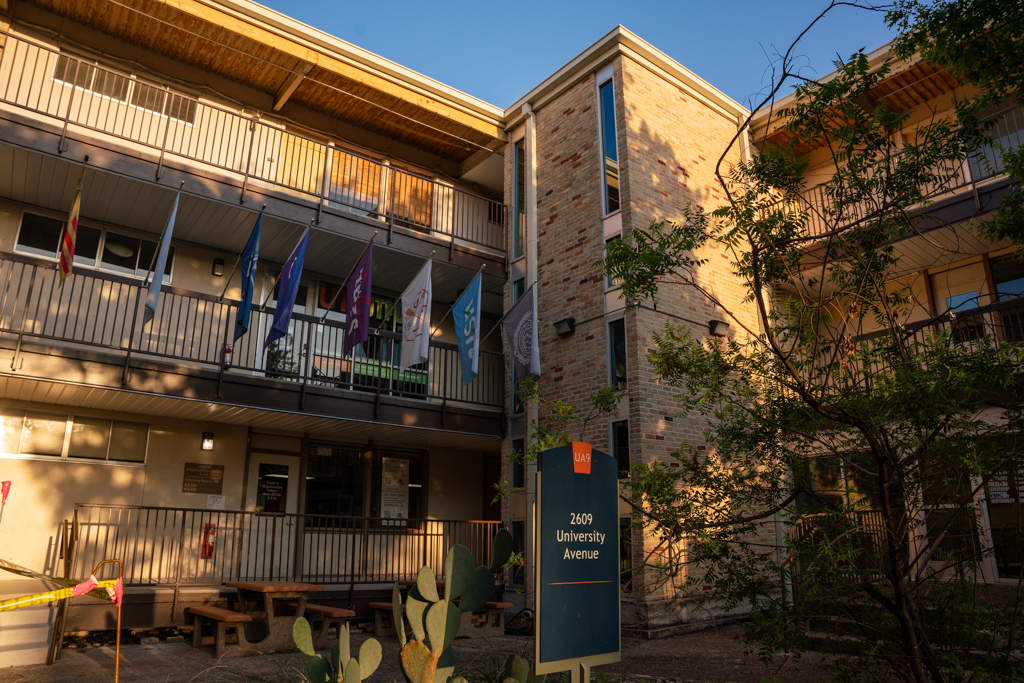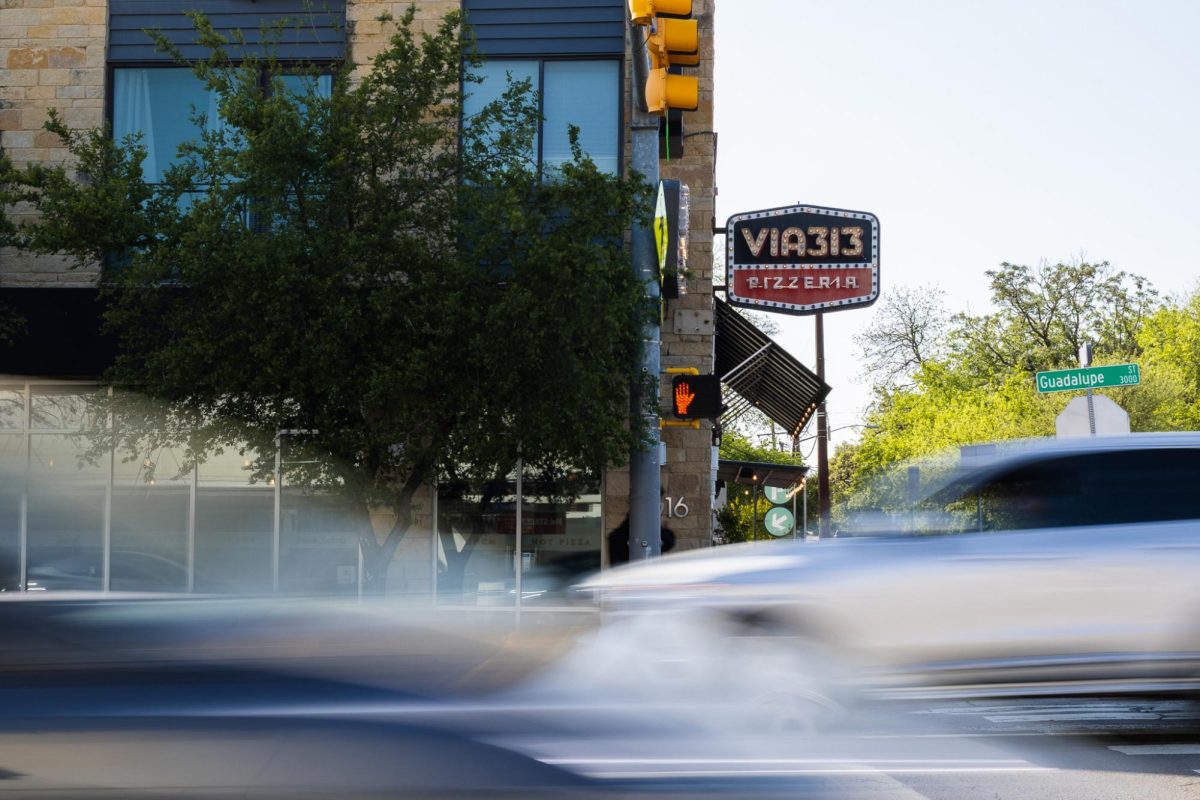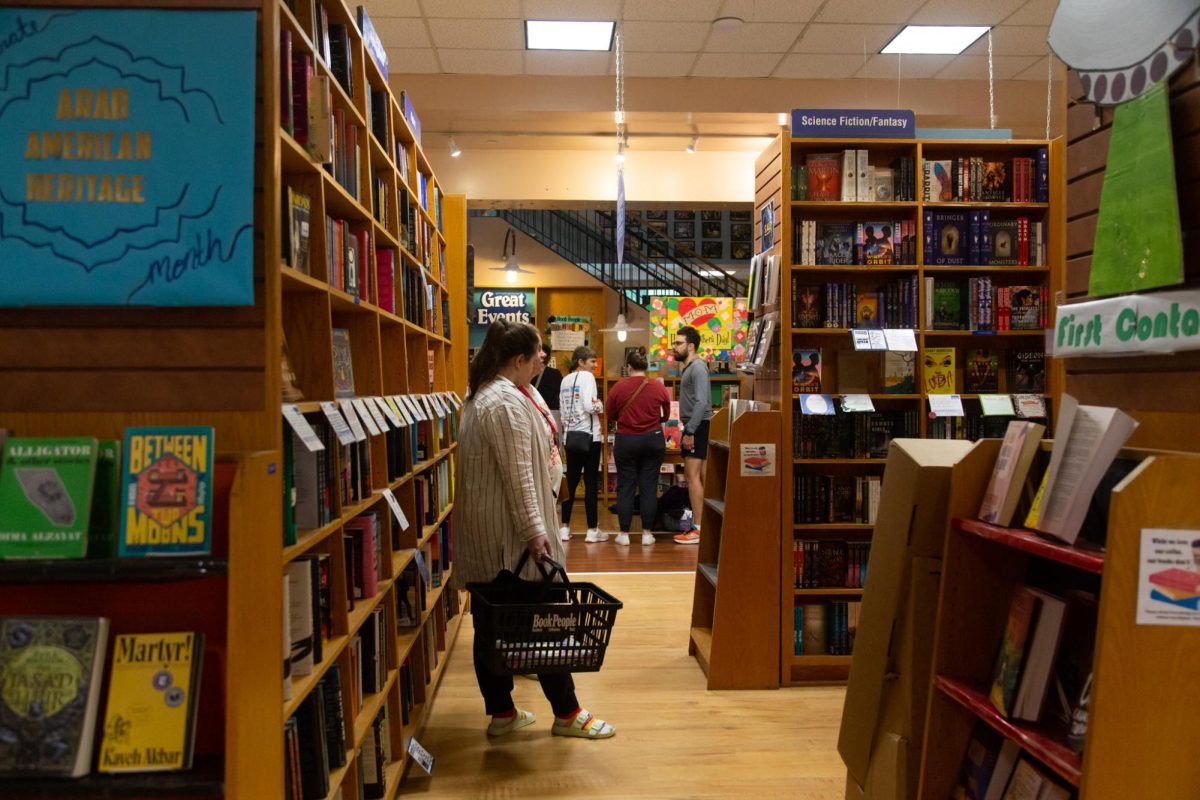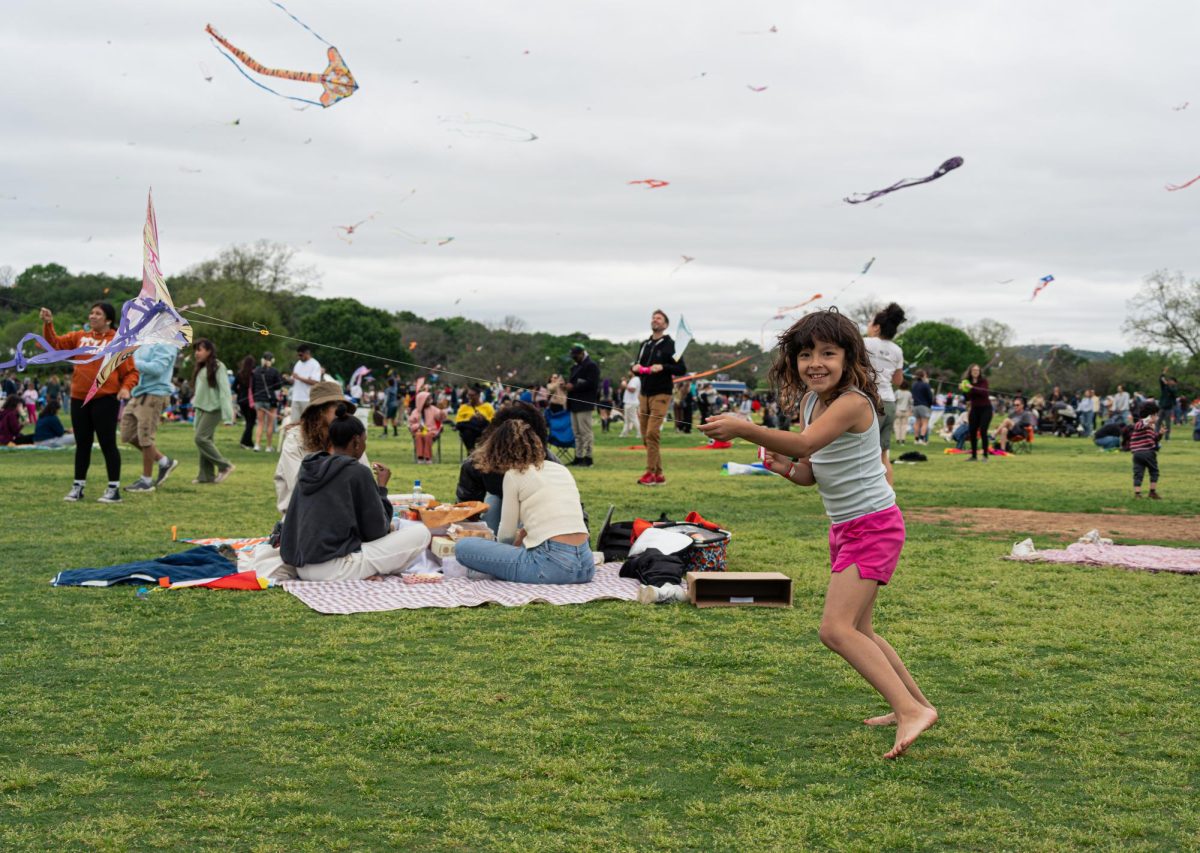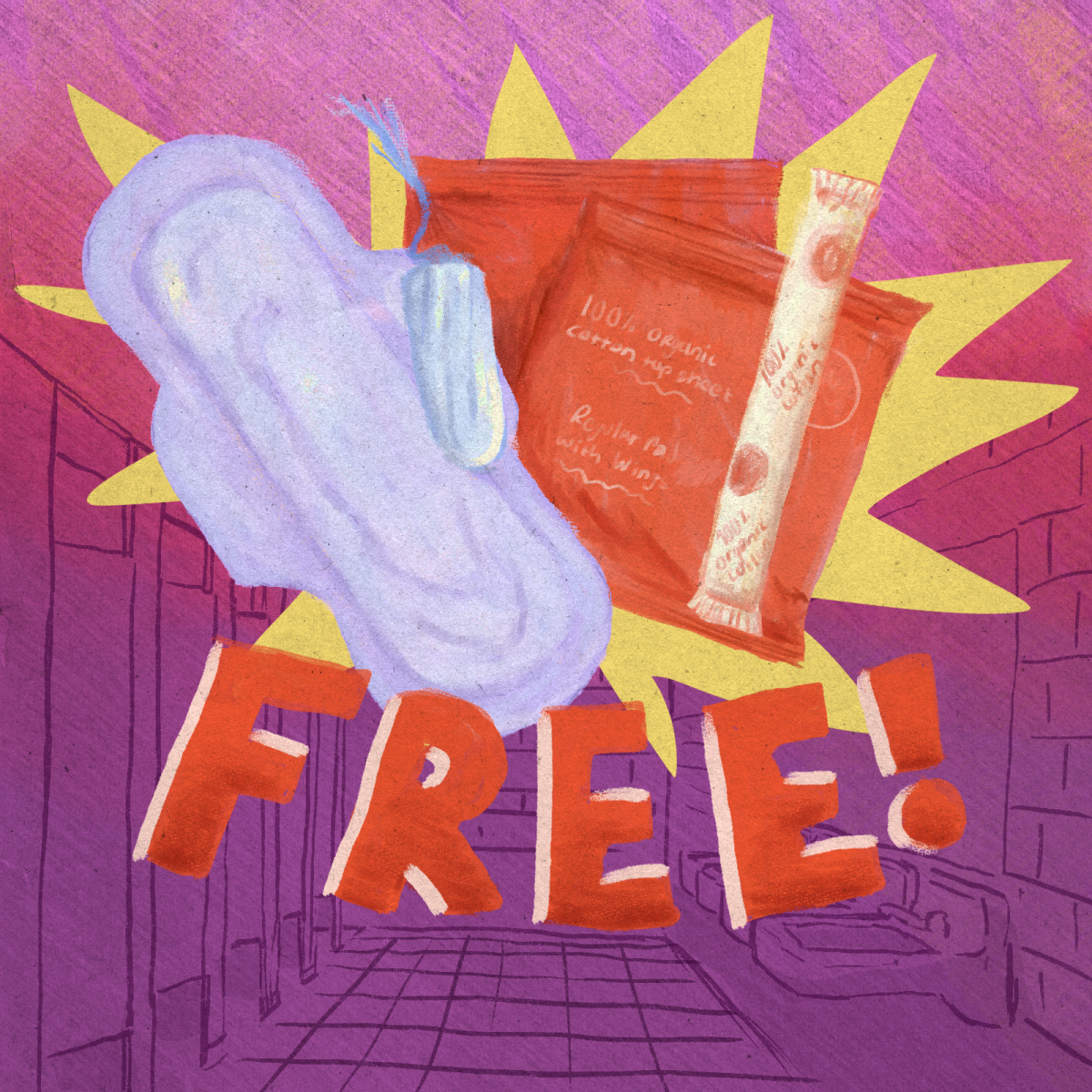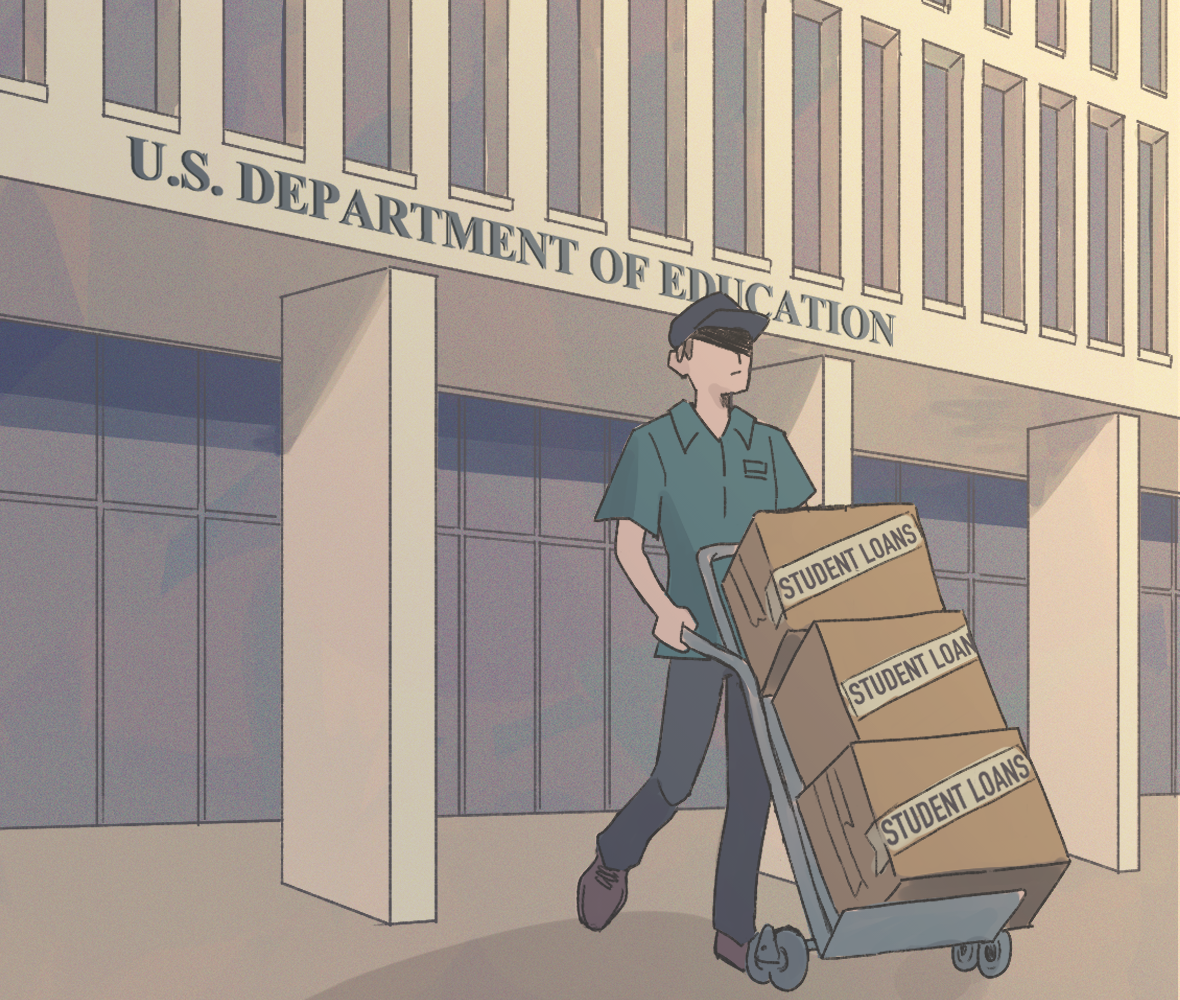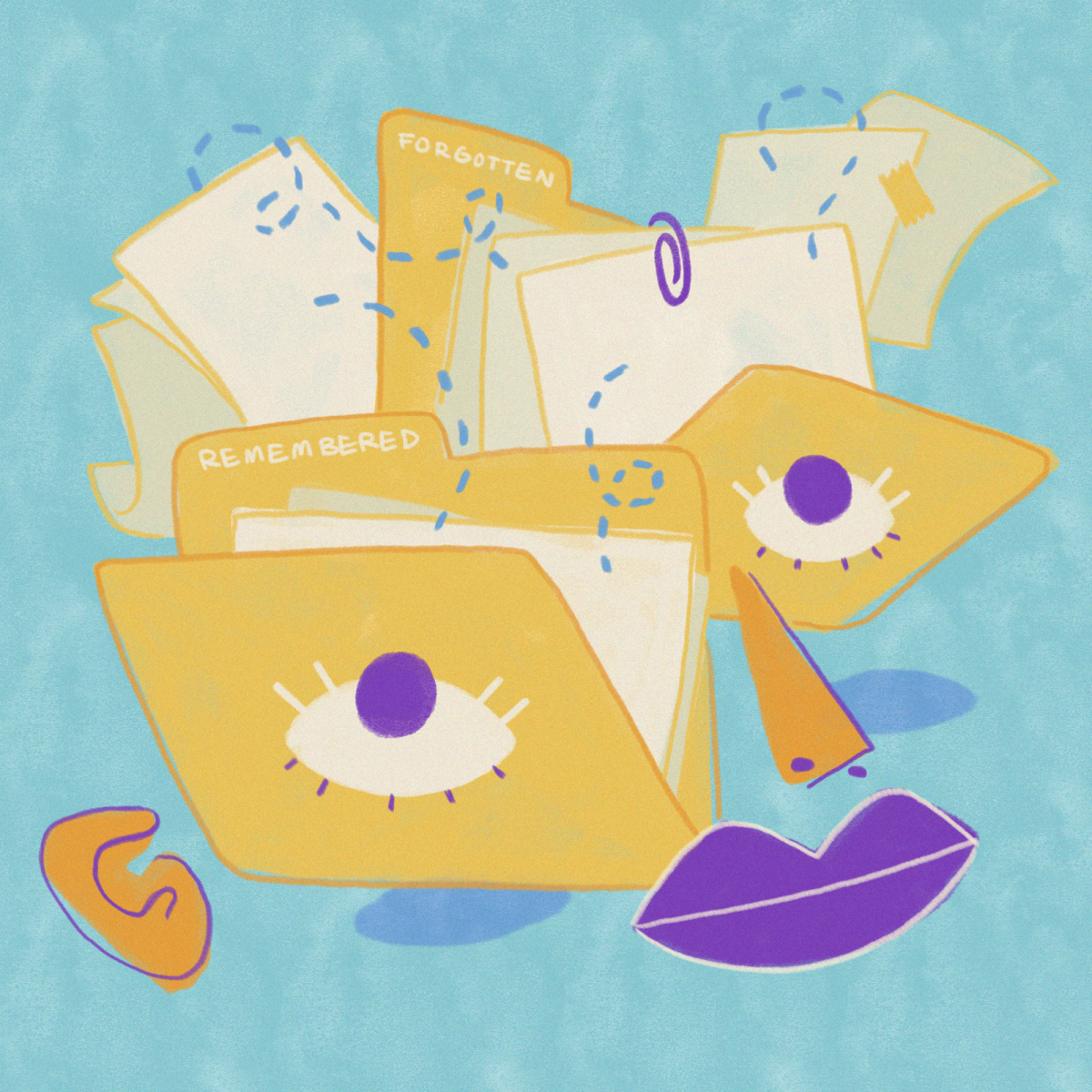When Kate Parks started coughing, she wasn’t sure if she had COVID-19 or another illness related to her history of respiratory issues. She scheduled her telehealth appointment for symptomatic testing through University Health Services Sept. 1.
Despite receiving a negative result Sept. 2, Parks, a radio-television-film and Chinese senior, would spend two nights in a city of Austin isolation facility after multiple miscommunications with the University. At first, she said her UHS doctor told her to self-isolate while waiting for test results because of her symptoms. The only COVID-19 symptom Parks said she had was coughing.
“It was sudden moments of ‘I have to do this now, I have to have all of these phone calls,’ and then just waiting,” Parks said. “It was those waiting moments that are usually the most nerve-racking because I essentially don’t know what’s going to happen next.”
Parks said UHS told her she would be moved from her room in Kinsolving Residence Hall, where she uses a communal bathroom, to a separate room with a private bathroom so she could self-isolate. However, she said Student Emergency Services gave her different instructions to quarantine, leading her to wait longer while the two services communicated.
When Parks got the next call Sept. 1, she said SES told her she would be moved to a city of Austin isolation facility because of her symptoms, despite not having her test results back.
Isolation facilities provide free lodging and services for those who cannot safely self-isolate, according to the city’s website.
Students who show symptoms and are awaiting COVID-19 test results are told to self-isolate, and will no longer stay in a residence hall, said Susan Hochman, UHS associate director of assessment.
SES director Kelly Soucy said SES team members stay in contact with students in isolation facilities to make sure they have all necessary resources for their academics, transportation and mental health.
“Every student situation is different, and so we will also follow up with them toward the time that the city of Austin believes that they’ve met the isolation requirements for COVID-19,” Soucy said.
Parks said in the isolation facility, someone would knock on her door at 8 a.m., 12 p.m. and 5 p.m. to let her know her meals were delivered.
“They give you a (thermometer) and they call you every morning and evening to record your temperature,” Parks said. “You can do your classes in there, if you’re not constantly wondering if you’re still going to be there in an hour.”
Parks stayed in the isolation facility for the first night while she was awaiting test results. She said she tried to contact SES when she received a negative result the next day, but she did not hear from her team member until the evening. The SES member told her she would stay there another night, and they would discuss her leaving the facility in the morning, Parks said.
“I’m still worried about going back to campus because … my next concern is not getting COVID-19 because I am sick,” Parks said. “I don’t have enough information. No one knows exactly what to do with me.”
University spokesperson J.B. Bird said the University wants to speed up testing processes as much as possible to avoid miscommunication with students.
Now, Parks said she is back home in Dallas and taking online classes from there.
“I don’t blame the individuals and the people who worked with me on this,” Parks said. “I feel like the whole time there was no plan, and that they were figuring (it) out as they go.”

